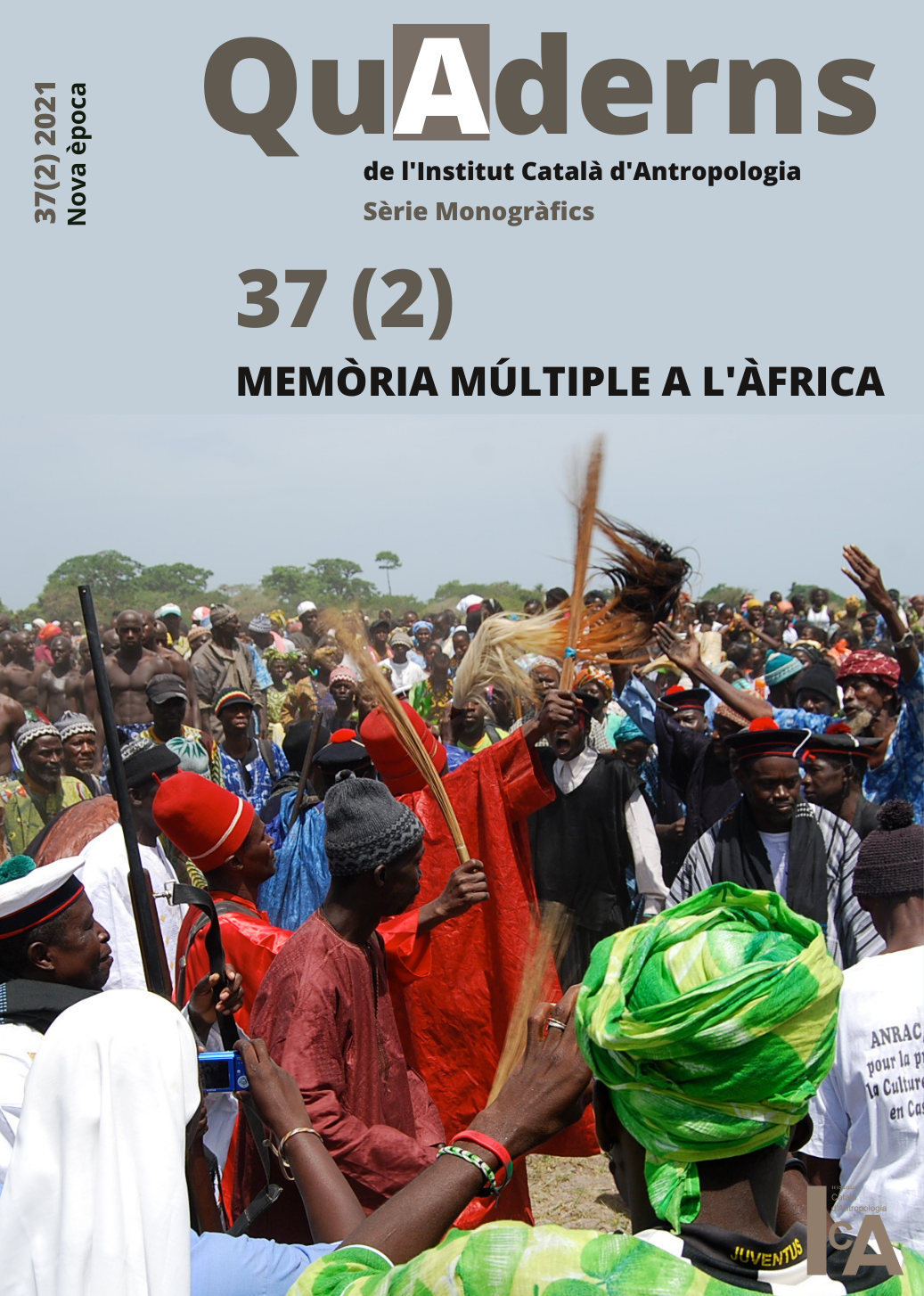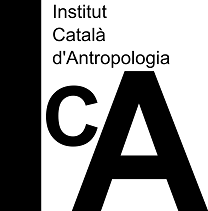Multiple memories, tradition and peace building in Acholiland
DOI:
https://doi.org/10.56247/qua.366Keywords:
traditional justice, multiple memories, mato oput, LRAAbstract
Traditional justice in northern Uganda has been one of the few resources that the Acholi people have had at their disposal to explain their past. The war started by the LRA in the region from 1986 to 2009 affected all the realities of the society and for more than a decade unofficial memories of the conflict have begun to grow strong on the borders of the state to create other narratives, what we call multiple memories. To do so, the traditional Acholi culture, embodied in the representative figures of the rwodis, has recovered part of its custom to bring closer the construction of a stable and lasting peace.
Although this has not always been the case, and with all the necessary nuances, the mato oput ceremonies have established spaces where the truths of the disputes that arose during and after the conflict have been debated and dealt with from a local perspective. With a strong economic push from NGOs, we can say that today, both the mato oput and the rwodis have been consolidated as main actors of peace transmission and multiple memories.
Downloads
Global Statistics ℹ️
|
285
Views
|
208
Downloads
|
|
493
Total
|
|
References
Allen, T. (2008). La justice traditionnelle est-elle une alternative viable à la cour pénale internationale? Mouvements, 53(1), 118-124. DOI: https://doi.org/10.3917/mouv.053.0118
Allen, T. (2007). The International Criminal Court and the invention of traditional justice in Northern Uganda. Politique Africaine, 107(3), 147-166. DOI: https://doi.org/10.3917/polaf.107.0147
Atkinson, R. (2009). From Uganda to the Congo and Beyond: Pursuing the Lord’s Resistance Army. International Peace Institute, 6-13.
B. Rubongoya, J. (2007). Regime Hegemony in Museveni‘s Uganda: Pax Musevenica, (1ª ed.), Palgrave Macmillan. DOI: https://doi.org/10.1057/9780230603363
Bayart, J.F. (2000). Africa in the world: A history of extraversion. African Affairs, 99(395), pp. 217-267. DOI: https://doi.org/10.1093/afraf/99.395.217
Branch, A. (2004). International Justice, Local Injustice. The International Criminal Court in Northern Uganda. Dissent, 51(3), 22-26.
Dolan, C. (2000) Inventing traditional leadership? A critical assessment of Denis Pain’s ‘The Bending of the Spears (1ª ed.). Acord COPE Working Paper, 31.
Farré, Albert (2005). Enfermedades, espíritus y revolución. El levantamiento de las Holy Spirit Mobile Forces en el norte de Uganda (1986-1987). Dins Roca, Albert (Coord.). La revolución pendiente: el cambio político en el Africa negra (pp. 261-286). Universitat de Lleida.
Komujuni, S. (2019). To be a chief and to remain a chief: The Production of Customary Authority in Post-Post Conflict Northern Uganda. (Tesis doctoral). Uganda Martyrs University.
Komujuni, S. i Büscher, K. (2020). In search of chiefly authority in ‘post-aid’ Acholiland: transformations of customary authorities in northern Uganda. Journal of Eastern African Studies, 14(1), 103-124. DOI: https://doi.org/10.1080/17531055.2019.1711312
Létourneau, J. i Jewsiewicki. (2003). B. Politique de la mémoire. Politique et Sociétés, 22(2), 3-15. DOI: https://doi.org/10.7202/007871ar
Meier, B. (2013). “Death Does Not Rot”: Transitional Justice and Local ‘Truths’ in the Aftermath of theWar in Northern Uganda. Africa Spectrum, 48(2), 25-50. DOI: https://doi.org/10.1177/000203971304800202
Navarro Millan, I. (2019). Una mirada comprensiva sobre la recurrencia de la violencia política armada en Uganda: recuperando el papel constitutivo del estado, lo internacional y la agencia de los actores armados. (Tesis doctoral). Universidad Autónoma de Madrid.
Nono, F. (2018). Legacy of conflict in Northern Uganda: To Forget or to remember? New Vision.
Pain, D. (1997). “The Bending of Spears”: producing consensus for peace & development in Northern Uganda (1ª ed.). International Alert.
Perrot, S. (2010). “Who’s the bull in the Kraal?” Guerre et mémoires et guerres de mémoire dans l’est de l’Ouganda. Cahiers d’études africaines, 197(50), 153-179. DOI: https://doi.org/10.4000/etudesafricaines.15821
Quinn, J. (2014) Traditional Cultural Institutions on Customary Practices in Uganda. Africa Spectrum, 49(3), 29-54. DOI: https://doi.org/10.1177/000203971404900302
Rodríguez Soto, J.C. (2009). Conflicto y gobernabilidad en el norte de Uganda. Posibilidades y límites de los ritos de reconciliación mato oput. Dins Farré, Albert i Tomàs,
Jordi (Coords.): Revista CIDOB d’Afers Internacionals, 87(2), 147-166.
Royo, J.M. (2008). Escenarios de paz y de guerra en el Norte de Uganda. Quaderns de Construcció de Pau, 6.
Stupard, R. (2015). Recording the War: An assessment of Uganda‘s National Memory and Peace Documentation Centre conflict dataset. (Tesis Doctoral). London School Of Economics.
The Refugee Law Project. (2005). Peace first, justice later: Traditional Justice in Northern Uganda. Refugee Law Project Working Paper, 17.
The Refugee Law Project. (2005). Whose justice? Perceptions of Uganda’s Amnesty Act 2000: the potential for conflict resolution and long-term reconciliation. Refugee Law Project Paper, 15.
The Refugee Law Project. (2004). Behind the violence: causes, consequences and the search for solutions to the war in Northern Uganda. Refugee Law Project Paper, 11.
Ubink, J. (2008). Traditional Authorities in Africa. Resurgence in an Era of Democratisation. Leiden University Press. DOI: https://doi.org/10.5117/9789087280529
Vinck, P., Pham, P. N., Stover, E., & Weinstein, H. M. (2007). Exposure to war crimes and implications for peace building in northern Uganda. JAMA, 298(5), 543–554. DOI: https://doi.org/10.1001/jama.298.5.543
Downloads
Published
How to Cite
Issue
Section
License
Distributed under the terms of the Creative Commons Attribution 4.0 International Use and Distribution License (CC BY-NC-SA 4.0)




